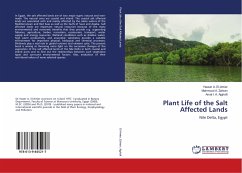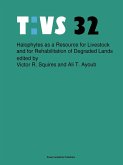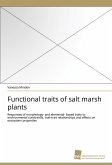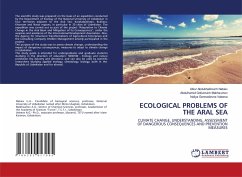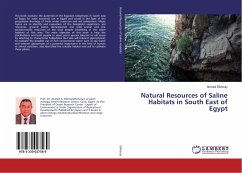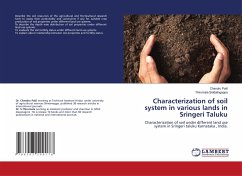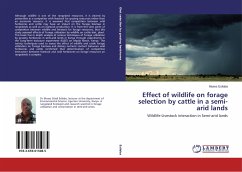In Egypt, the salt affected lands are of two major types: natural and man-made. The natural ones are coastal and inland. The coastal salt affected lands are associated with and mainly affected by the saline waters of the Mediterranean and Red Seas as well as the Gulfs of Suez and Aqaba. Salt affected lands are important natural resources because of the many environmental and economic benefits that they provide e.g. supporting fisheries, agriculture, timber, recreation, ecotourism, transport, water supply and energy resources. Wetland conditions such as shallow water, high plant productivity, and anaerobic substrates provide a suitable environment for important physical, biological and chemical processes. Wetlands play a vital role in global nutrient and element cycle. The present book is aiming at throwing more light on the successive changes of the vegetation of the salt affected lands of the Nile Delta in both coastal and inland parts and to find out the relationships between such vegetation types and surround environmental factors. Also, evaluation of their nutritional values of some selected species.
Bitte wählen Sie Ihr Anliegen aus.
Rechnungen
Retourenschein anfordern
Bestellstatus
Storno

